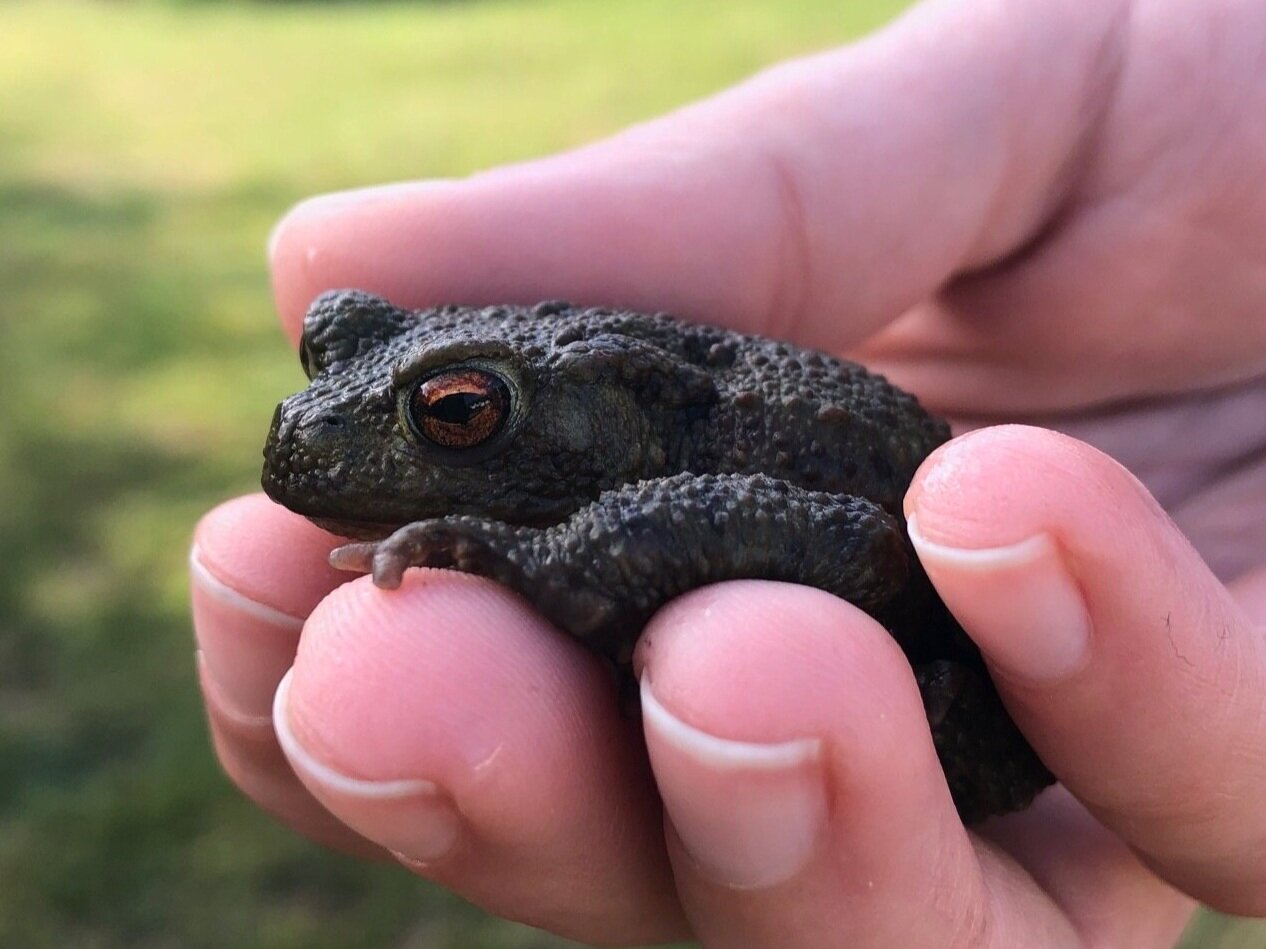Back to Basics: Anurans - Part 1
Common toad (bufo bufo) found in cambridgeshire | Credit: Talita Bateman
Let’s talk about frogs and toads!
I often write pretty lengthy posts about specific species, or subjects relating to manuscripts on which I am currently working. However, I thought it would be fun to write a series of short blog posts that go back to basics on one of my favourite extant orders of the amphibia class - Anura.
The word ‘amphibian’ literally means ‘on both sides of life’ and the Latin name is a reference to their life cycle, which takes place both in water and on land. Most amphibians belong to the anuran order which contains more than 5,000 species to date. The name Anura means ‘without a tail’ and the order is sometimes also called Salientia, from the Latin ‘to jump’ - so unsurprisingly, this order contains all frogs and toads…though granted most toads can barely jump!
Illustration of an European Common Frog (Rana temporaria) life cycle | Credit: Encyclopaedia Britannica
Individuals under this order share specific morphological characteristics that can be observed by the naked eye - adults feature broad heads that are connected to a short and somewhat flat body without much of a visible neck. Their hind limbs are longer than the front limbs and serve a mobility functionality both in water and on land. When it comes to reproduction, fertilisation of the eggs is always external and individuals in the larval stage (known as tadpoles) have a tail that helps them move in water but they lack limbs.
Focusing on their diet, frogs and toads feed mostly on insects and other small invertebrates. However, cannibalism is not uncommon in many species and tadpoles, in particular, are often known to show cannibalistic tendencies.
The order includes three main suborders - Neobatrachia, Mesobatrachia and Archaebatrachia. However, it is important to note that the classification of anurans is one of many fields being debated by modern taxonomists. More recently, there’s certainly been a transition from a more traditional Linnean system to a cladistic system based on DNA evidence and evolutionary differences between groups.
Scientific debates aside, frogs and toads are amazing creatures that deserve our attention and focused conservation efforts!
References:
Duellman, W.E., and Zug, G.R., 2019, Anura, Encyclopaedia Britannica, viewed 5 February 2020, <https://www-britannica-com.libezproxy.open.ac.uk/animal/Anura>
Halliday, T., 2016, The Book of Frogs, Lewes: Ivy Press.






